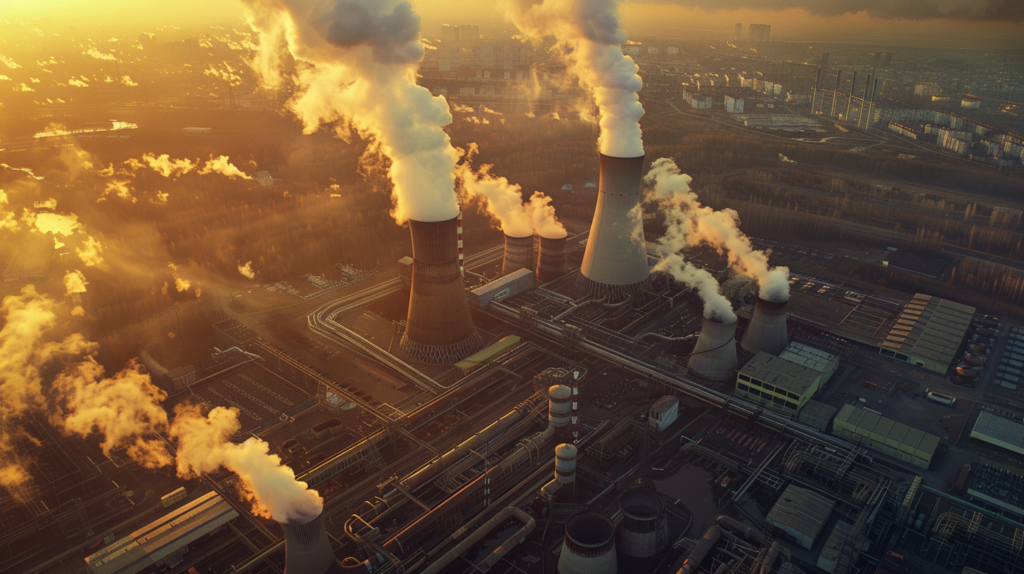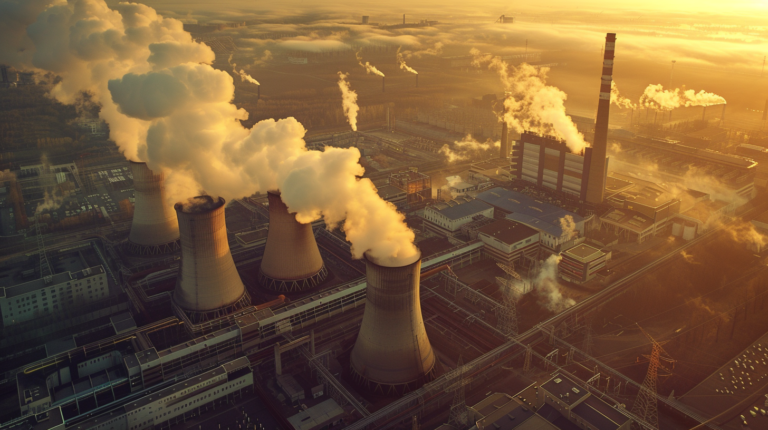power generation
Typical Material Grade Used but not Limited to:
C97300 Nickel Silver
C97600 Nickel Silver
C90900
Bronze plays a significant role in power generation due to its unique combination of strength, durability, and resistance to corrosion, making it an ideal material for various critical components in power plants. Power generation involves high-energy processes and equipment exposed to extreme conditions such as heat, pressure, and wear. Here’s how bronze contributes to different parts of the power generation industry:


- Wear Resistance: In power plants, machinery like turbines, generators, and motors rely on bearings and bushings to reduce friction between moving parts. Bronze is commonly used for these components due to its self-lubricating properties and ability to withstand high friction without excessive wear.
- Long Lifespan: The durability of bronze means these parts last longer, reducing maintenance needs and improving the overall reliability of the machinery, which is critical in power generation, where downtime can be costly.
- Corrosion Resistance: Power plants, particularly those using steam or water turbines, often operate in environments exposed to moisture, high temperatures, and harsh chemicals. Bronze alloys, especially those with higher copper content, offer excellent resistance to corrosion, which helps protect components in these environments.
- Stress and Fatigue Resistance: Turbine blades and other critical parts are subject to high-speed rotation, pressure, and temperature fluctuations. Bronze’s tensile strength and resistance to fatigue help ensure the components can withstand these conditions over long periods without failing.
- Conductivity: Some types of bronze (especially copper alloys) are used in electrical components due to their excellent electrical conductivity. In power generation, components like connectors, switches, and circuit breakers must handle high currents, and bronze alloys can be used to ensure efficient electrical flow while maintaining strength and durability.
- Corrosion Resistance: Electrical components often need to be protected from the corrosive effects of humidity or exposure to chemicals. Bronze’s resistance to corrosion ensures that these parts will function effectively over time, particularly in challenging environments like coastal or offshore power stations.
- Thermal Conductivity: Power plants, especially those in thermal and nuclear power generation, require efficient heat exchange systems. Bronze, particularly copper-based alloys, has excellent thermal conductivity, making it ideal for heat exchangers that help regulate temperatures within power generation systems.
- Corrosion Resistance: In power plants, especially those using seawater for cooling, the cooling systems can be highly susceptible to corrosion. Bronze’s resistance to both chemical corrosion and marine environments makes it a preferred material for components in heat exchangers.
- Corrosion and Wear Resistance: Pumps and valves in power plants handle fluids at high pressures and temperatures, often dealing with aggressive substances like water, steam, or chemicals. Bronze components in these systems offer corrosion resistance and can handle high-stress environments without degrading quickly.
- Reduced Maintenance: The durability of bronze parts reduces the need for frequent maintenance or replacement, ensuring that pumping systems continue to operate effectively without constant downtime.
- High-Pressure Resistance: Many power plants use hydraulic systems for controlling machinery such as control valves, turbines, or cranes. Bronze is commonly used in hydraulic components due to its ability to withstand high pressures while maintaining its integrity over time.
- Corrosion Resistance: In systems that deal with hydraulic fluids, including those in marine or offshore plants, bronze offers resistance to corrosion, ensuring consistent performance even in challenging environments.
- Sealing Capabilities: Bronze can also be used for sealing components like gaskets and O-rings in power generation equipment. Its ability to withstand high temperatures and pressure, along with its corrosion resistance, makes it ideal for sealing systems in turbines, boilers, and heat exchangers.
- High-Temperature Resistance: Bronze can perform well at elevated temperatures, making it suitable for sealing parts exposed to the extreme heat found in power generation systems.
- Turbine Bearings and Shafts: In wind and hydroelectric power plants, where turbines are subjected to constant motion and harsh environmental conditions, bronze bearings and shafts provide durability and reliability. These components help ensure smooth rotation and prevent excessive wear and tear in turbine systems.
- Corrosion Resistance: Especially for offshore wind farms or hydroelectric plants located near water sources, bronze’s resistance to corrosion ensures that the mechanical parts of turbines remain functional over time, even in saltwater or humid environments.
- High-Temperature Operation: Gas turbines, used in many power plants, operate at very high temperatures. Bronze alloys can be used for components like bearing housings and bearings in gas turbines, providing reliability and performance under intense heat.
- Thermal Expansion Resistance: Bronze’s ability to handle thermal expansion makes it suitable for parts exposed to frequent temperature changes, such as components in gas turbine systems.

In power generation, bronze plays a vital role by providing wear resistance, corrosion resistance, strength, thermal conductivity, and lubrication properties in various critical components. From bearings and bushings in turbines to electrical connectors, pumps, and heat exchangers, bronze is integral in ensuring the efficiency, longevity, and reliability of power generation systems. Its unique combination of physical properties helps reduce maintenance, increase equipment lifespan, and maintain safety standards in power plants.

